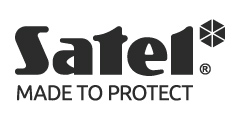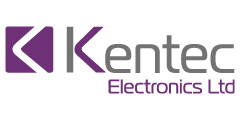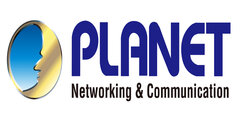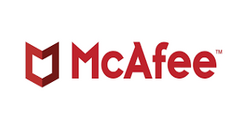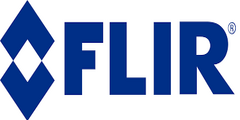Unified communications is an evolving set of technologies that automates and unifies human and device communications in a common context and experience. It optimizes business processes and enhances human communications by reducing latency, managing flows, and eliminating device and media dependencies.
Unified communications and collaboration tools to provide customers with seamless solutions for their entire digital portfolio.

Unified communications (UC) is the integration of real-time communication services such as Instant Messaging (Chat), Presence information, Telephony (including IP Telephony), Video Conferencing, Data sharing (including web connected electronic whiteboards or Interactive White Boards), Call Control and Speech recognition with non-real-time communication services such as Unified Messaging (integrated Voicemail, e-mail, SMS and Fax). UC is not necessarily a single product, but a set of products that provides a consistent unified user interface and user experience across multiple devices and media types.
In its broadest sense UC can encompass all forms of communications that are exchanged via the medium of the TCP/IP network to include other forms of communications such as Internet Protocol Television (IPTV) and Digital Signage Communications as they become an integral part of the network communications deployment and may be directed as one to one communications or broadcast communications from one to many.
UC allows an individual to send a message on one medium and receive the same communication on another medium. For example, one can receive a Voicemail Message and choose to access it through e-mail or a cell phone. If the sender is online according to the presence information and currently accepts calls, the response can be sent immediately through Text Chat or Video Call. Otherwise, it may be sent as a non-real-time message that can be accessed through a variety of media.
Benefits
- Connected: Wherever they are around the world, users stay in touch with each other, partners, and customers.
- Dynamic: Real-time communication and collaboration ensures easy, ongoing exchanging of ideas and information.
- Team-ready: Whether workers are roaming the globe, roaming the corporate campus, or simply working from home, Unified communication provides them with the feature-rich “in office” communications experience they need to stay in touch and productive.
- Highly interactive: Easy sharing of documents and presentations make for more productive brainstorming and training sessions.
- Significant cost savings: Lower travel expenses and less employee transit time improves your bottom line.
- Enhanced productivity and innovation: Less time wasted trying to connect with others means more time spent in productive collaboration and innovation.




